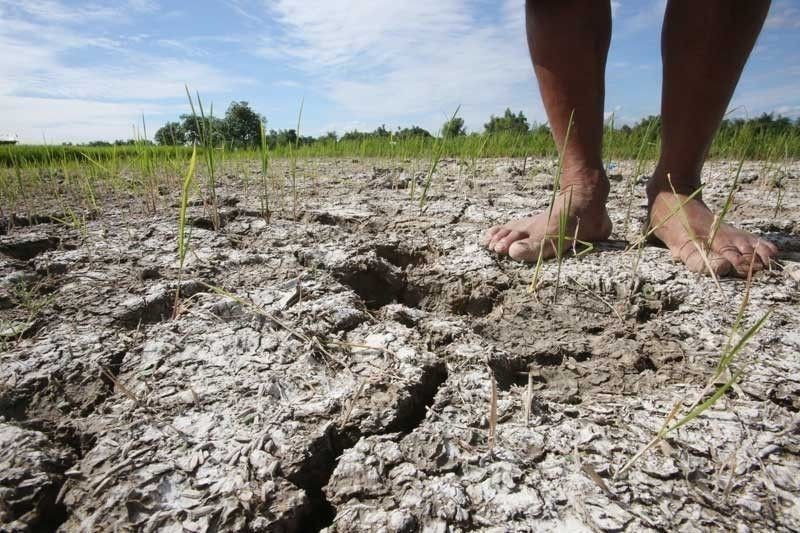Pagasa may raise El Niño alert status in May

MANILA, Philippines — An official of the Philippine Atmospheric, Geophysical and Astronomical Services Administration (PAGASA) yesterday said the weather bureau may raise the El Niño alert status next month.
During the Saturday News Forum, PAGASA Impact Assessment and Applications Section of the Climatology and Agrometeorology division chief Marcelino Villafuerte II said that there is a high probability that the drought will be felt in the next six months.
“We’re expecting that this will be mid next year so we started issuing El Niño Watch, and we expect by… May we may increase the alert status,” Villafuerte said.
Villafuerte added there is an 80 percent chance that El Niño will be experienced by July until September.
“Based on historical events, we have an increase in the rains, or above normal if it is still developing in July, August, September. But come October, November, December, we will experience the effect where there are less typhoons and will persist in December, January, February, March, April. We expect the impact of possible shortage of water because of limited rains,” Villafuerte said.
According to Villafuerte, the drought will start in Mindanao.
“The impact starts to be felt south of the Philippines or Mindanao and then it progresses northward. So, from the Mindanao area, it will be experienced October, November, December because of lack of rains, and then it progresses to the Visayas and then entire Luzon at the latter part of the year, and then until the ensuing or the coming year, where the El Niño phenomenon will fully mature,” he added.
The United States Geological Survey said El Niño refers to the warming of the ocean surface, or above-average sea surface temperatures, in the central and eastern tropical Pacific Ocean.
It said El Niño recurs from two years to a decade and can disrupt normal weather patterns globally.
The DA said Mindanao had seen the worst El Niño in the country, with 17,000 hectares of farmlands and more than 20,000 farmers affected in 2016.
- Latest
- Trending































